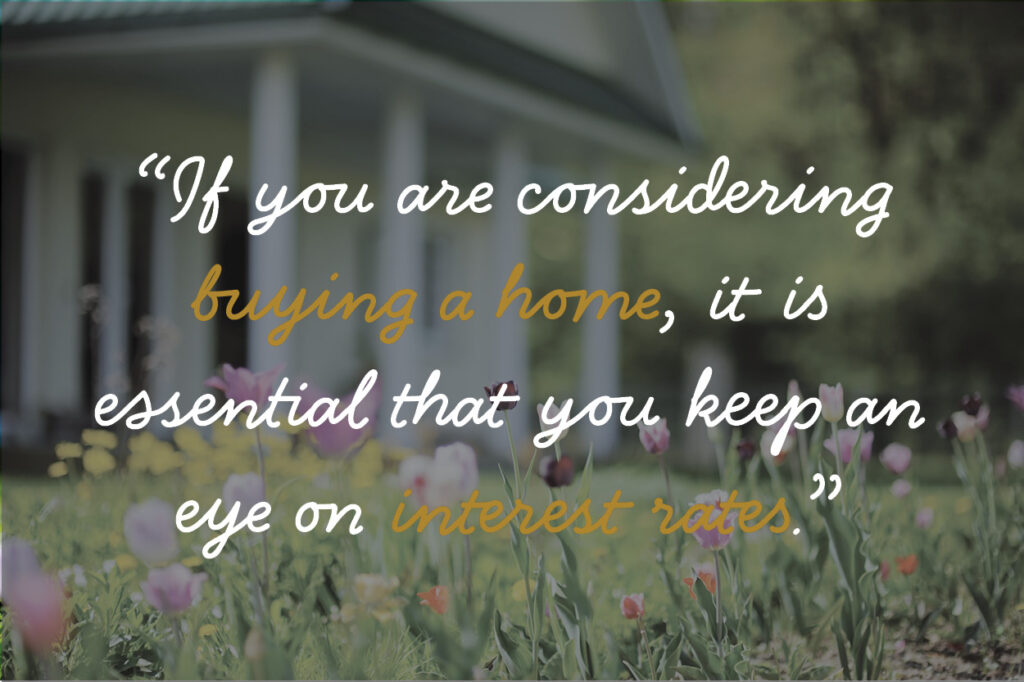What Are Mortgage Rates?
Starting with the basics, a mortgage rate is the interest you’ll owe annually which is a percentage of your mortgage. It is typical for mortgage rates to change depending on economic factors at the time. The mortgage rate is determined by the lender and also takes into account things like the home buyer’s credit history and financial standing. The home buyer also decides whether they want a variable mortgage rate (will move up or down depending on national borrowing costs) or fixed rate (stays the same throughout the mortgage’s lifetime).
Reviewing Mortgage Rates
If you are considering buying a home, it is essential that you keep an eye on interest rates. There are a few ways to do this. First, Freddie Mac updates change on the site weekly. Prime rates are the lowest average rates banks are offering for credit. This rate traditionally follows trends in the Federal Reserve’s federal funds rate, and typically runs 3% higher than the current federal funds rate. Another helpful indicator for borrowers is the 10-year Treasury bond yield, which demonstrates market trends in interest rates. If the yield rises, usually mortgage rates do too. Likewise, if the yield drops, so do mortgage rates. Most mortgages are calculated on a 30-year timeframe, but many mortgages are either paid off or refinanced for a new rate in 10 years’ time. Because of this, the 10-year Treasury bond is a helpful standard.
Factors Affecting Mortgage Rates
- Inflation: lenders have to keep up with economic changes due the rise of costs.
- Rate of Economic Growth: higher wages may mean more demand for mortgages, which can in turn raise mortgage rates.
- Housing Market Conditions: When fewer homes are available, the decline in home purchasing means a decline in the demand for mortgages and thus interest rates go down.
When In Doubt, Buy Now
In order to get the best rate available, you’ll need to have a great credit rating and financial history that indicates you’ll be able to repay the loan. All this said, mortgage rates are also dependent on outside economic factors that are out of your control, such as the strength of the economy, inflation rates, employment numbers, and consumer spending, to name a few. So don’t hesitate to buy today – who knows what the rates will be like next week!

